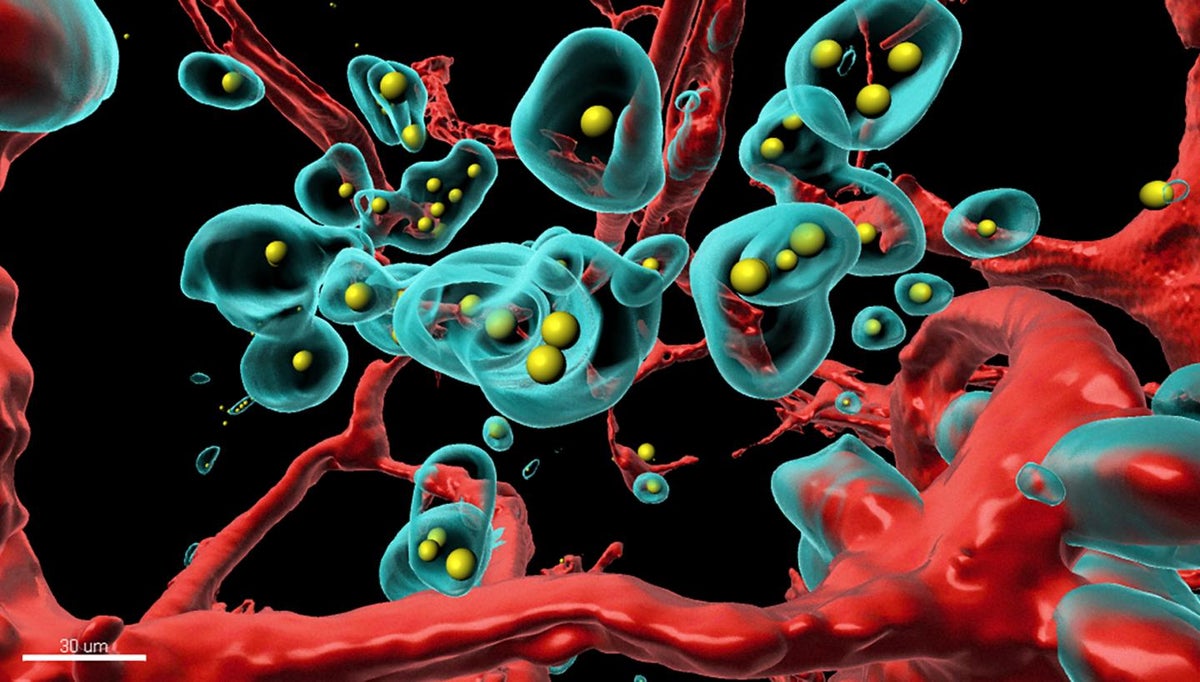
Support truly
independent journalism
Flecks of DNA fragments left behind by viruses that infected our ancient human ancestors may get activated to cause cancer in modern-day humans, a new study finds.
The human genome has over 20,000 genes that serve as building blocks of life along with DNA fragments left behind by viruses which infected our primate ancestors tens of millions of years ago.
Such virus DNA makes up about 8 per cent of the human genome, according to previous studies.
These DNA fragments are residues left behind in our genome as ancient viruses slipped into ancestors, coaxing their bodies to copy and carry their genetic material.
Over time, these DNA sections infiltrated human sperm, eggs and embryos, baking into our bodies as a fossil record for generations to come – and shaping human evolution along the way.
For instance, scientists recently found that these ancient viral DNA fragments in our genome contribute to our immune response to modern-day pathogens like the novel coronavirus behind the Covid-19 pandemic.
But when these “junk DNA” fragments are reawakened, they can play a critical role in helping cancer survive and thrive in humans, according to a new study published in the journal Science Advances.
Researchers from the University of Colorado at Boulder say silencing these residual viral junk DNA can make cancer treatments work better.
“Our study shows that diseases today can be significantly influenced by these ancient viral infections that until recently very few researchers were paying attention to,” study co-author Edward Chuong said.
The new study specifically found that the virus DNA fragments in humans can act as “switches” that turn on nearby genes.
“There’s been a lot of work showing these endogenous retroviruses can be domesticated for our benefit, but not a lot showing how they might hurt us,” Dr Chuong said.
In the study, researchers assessed genomic data from 21 human cancer types from publicly available datasets.
They found that a specific virus lineage known as LTR10 that infected some primates about 30 million years ago also showed high levels of activity in several types of cancer such as lung and colon cancer.
Analysis of tumours from dozens of bowel cancer patients revealed that this LTR10 DNA was active in about a third of them.
“We saw that when you silence this retrovirus in cancer cells, it turns off nearby gene expression,” Atma Ivancevic, another author of the study, said.
When the LTR10 DNA was removed from tumour cells, researchers found that treatments to shrink the tumours worked better.
They suspect that as people age and their body’s natural defences break down, ancient viruses hidden in their genomes could reawaken and contribute to health problems.
The findings, according to scientists, may lead to new treatment approaches for cancer.
“The origins of how diseases manifest themselves in the cell have always been a mystery. Endogenous retroviruses are not the whole story, but they could be a big part of it,” Dr Chuong said.







